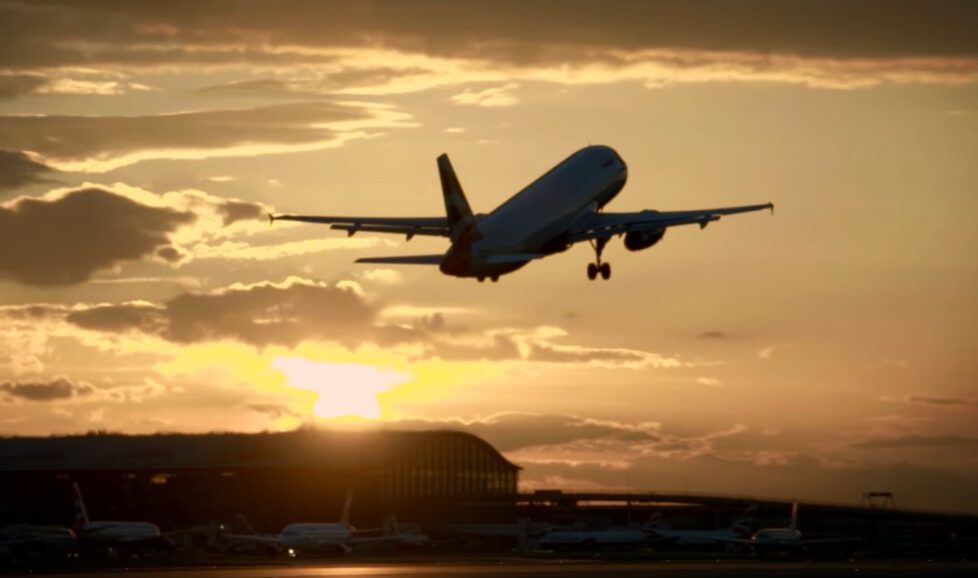UK Tightens Emissions Caps for Aviation, Power Sectors Beginning 2024

The UK announced a series of reforms for its Emissions Trading Scheme (ETS), including the introduction of tighter emissions limits for the aviation and power sectors and other energy intensive industries beginning in 2024.
The UK ETS Authority also announced that new sectors will be added to the ETS, including the domestic maritime transport sector from 2026, and the waste incineration and waste from energy sectors from 2028.
Launched in 2021 to replace the UK’s participation in the EU’s Emissions Trading System, the UK ETS sets a limit on greenhouse gas (GHG) emissions for key GHG intensive sectors, which decreases over time to motivate companies to lower emissions in line with sector climate goals, with companies obtaining allowances for every tonne of emissions the produce each year, and companies that are successful in reducing emissions below the cap limit able to sell emissions allowances on the secondary market to other industry participants.
The system also allocates free allowances to support businesses in sectors that face overseas competition in order to avoid carbon leakage, in which production or activity is moved to a location with lower or no emissions limits.
The new reforms follow a consultation last year by the UK ETS Authority on a tighter range of allowances determined to keep the system consistent with net zero, which was 30% – 35% below the current legislated cap. The authority said that it has elected to set the cap at the highest end of the range, in order to allow “maximum flexibility for industries.” Additionally, the authority announced that free allowances will be kept at current levels until 2026 “to give industries certainty over the level of support available in the medium term,” and that additional allowances will be released to the market between 2024 and 2027 to ensure a smooth transition to the new net zero-aligned cap.
The authority also announced a decision to phase out free allocations to the aviation industry in 2026, after determining that there is minimal risk of carbon leakage in the sector.
In addition to the tighter caps and allowance changes, the authority also announced a decision to incorporate Greenhouse Gas Removal (GGR) technologies such as Direct Air Capture (DAC) into the UK ETS, provided that they meet robust standards, in a move aimed at incentivizing investment in the technologies, and that it would may also include nature-based GHG removal solutions, subject to further consideration.
In a joint statement, UK ETS Authority Ministers, including Lord Callanan, Julie James MS, Màiri McAllan MSP and Gareth Davies MP said:
“Our UK Emissions Trading Scheme, along with other interventions, forms part of a wider strategy to provide a long-term framework to incentivise UK industries to decarbonise – seizing the huge opportunities that are arising from a rapidly expanding clean energy sector, and providing the certainty that industries need to invest in new green technologies.
“The decisions taken here will not only put us on the path to net zero, but will also support crucial industries on their path to long term sustainability.”
The post UK Tightens Emissions Caps for Aviation, Power Sectors Beginning 2024 first appeared on ESG Today.
The post UK Tightens Emissions Caps for Aviation, Power Sectors Beginning 2024 appeared first on ESG Today.